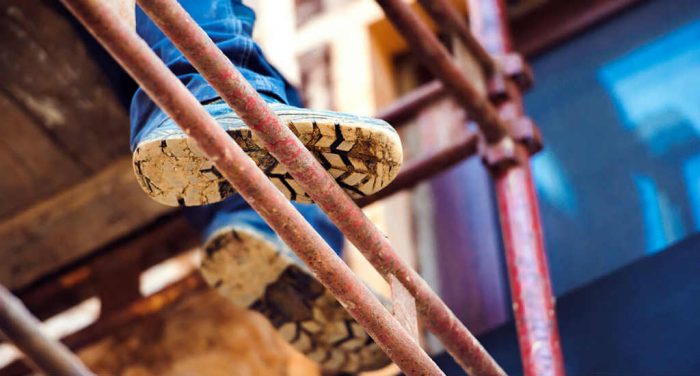
How to Prevent Scaffolding Accidents
Building sites are known to be one of the most hazardous places to work, but within the site, scaffolding would have to be the most dangerous area, simply due to its very nature of being up high with narrow walkways that often have to be traversed with heavy loads. It is to everyone’s benefit that scaffolding accidents be prevented. The worker will certainly benefit, while the employer will save time and costs in keeping employees accident free.
Many scaffolding accidents can be prevented by using common sense. For instance, the walkways should be kept free of debris, equipment and materials so that access is safer. Tripping over or having to step over rubbish is always going to cause problems. Cleanliness on the site is also important. If oil or grease is spilt anywhere on the building site and it gets trodden in, then it will be carried on workboots into other places such as the scaffolding. If the walkways get oil on them, they will become very slippery and dangerous to all who have to work there.
There should be a safety zone around the base of the scaffolding to keep vehicles away from it. It is fatally easy to back a vehicle into scaffolding if it is too close to start with. The result could easily bring down the whole structure, along with everyone who is on it. Even if it is just a little bump, it can easily put the structure off balance and those that work there will also become unbalanced and can easily fall.
Scaffolding should always be erected only by fully trained and experienced tradesmen. This is not a job for just anyone. Lives can be at risk if just one thing is done wrong. It is also essential that the structure is designed by a qualified engineer and that the materials used are of the correct specifications for the project.
Guardrails should be strong and sturdy and of the right height to give workmen good protection. Extra handrails should be installed in riskier places such as ladders and access points. Flooring should be wide, securely fixed and have a non-slip surface. Castors on moveable scaffolding should have the brakes checked to ensure that they grip tight and don’t allow the castors to have any movement at all once locked on.
The footings that the scaffold rests on should also be strong and sturdy. Soft or wet ground is no good as it can sink under the weight, especially after rain.
Safety nets should be used to prevent debris or equipment falling onto workers from above. Safety fencing around the edges of the building will also help to prevent heavy objects from falling over the edges onto workers down below.
When care is taken, accidents can be reduced, making a dangerous job just that much safer and potentially saving lives.
